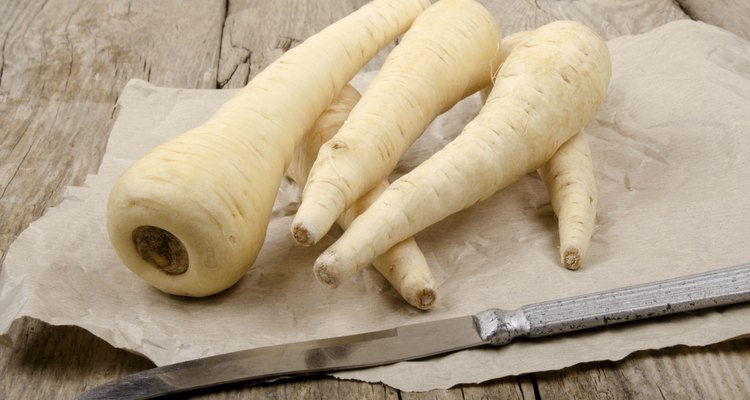
Szakaly/iStock/Getty Images
The bright, sweet flavor of a parsnip resembles that of a carrot. In fact, parsnips generally can be prepared the same way as carrots, with one exception: They are too fibrous to eat raw. Considered a winter vegetable, parsnips are in season from late fall to early spring. They can stand alone as a nutritious side dish, be incorporated into soups and stews, or be tucked around roasting meats.
Shop and Prep
Choose small- to medium-sized parsnips that are firm and plump. Reject any with blemishes, insect holes or signs of decay. Before using the parsnips, cut off the stalk and root ends, then rinse them under cool running water. Use a vegetable brush to remove dirt and other impurities that get trapped in their tiny creases. Peel the parsnips and leave them whole, or halve them lengthwise for roasting. You can cut them into slices or cube them to add to a soup or stew. For later use, wrap unpeeled parsnips in a paper towel and place them in a plastic food storage bag. Store them in the refrigerator's crisper drawer where they can keep for up to two weeks.
Roasted Parsnips
As with other root vegetables, such as potatoes and carrots, roasting develops the flavor of parsnips. Parboil them for about 10 minutes, then drain them well. Spread them on a baking sheet or in a pan coated with olive oil. Toss the parsnips in the oil to coat them. Roast the vegetables at 400 degrees Fahrenheit for about 1 hour. Roast parsnips with other root vegetables such as turnips, rutabagas or beets, and add quartered onions and a few cloves of mashed garlic for extra flavor. You can also add parsnips to a beef pot roast during the last 45 minutes of cooking.
Mashing or Pureeing
Parsnips are delicious mashed or pureed. Boil the desired number of parsnips in just enough salted water to cover them. When they are tender, drain them and add butter, a little heavy cream, and salt and pepper to taste. Mash the parsnips until they achieve a consistency similar to mashed potatoes. For smoother, creamier parsnips, let them cool slightly after you drain them and process them in a blender or food processor, pulsing just enough to eliminate any lumps. Season and serve the mashed parsnips immediately, or keep them warm in a bowl over a pan of simmering water while you prepare the rest of the meal.
Casseroles, Soups and Stews
Generally speaking, wherever a fresh carrot fits in, so can a parsnip. This includes a hearty soup made from winter vegetables, a beef or chicken stew, or a creamy soup. For a side dish, saute sliced, julienned or cubed parsnips in butter until just tender, sprinkle them with brown sugar or drizzle them with honey, toss to coat, and serve them immediately. Alternatively, spread seasoned parsnips in a casserole dish and bake slowly until they turn golden brown.
Related Articles
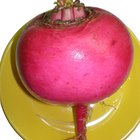
How to Roast Turnips

How to Grill Carrots

Can You Steam Turnips?

How to Cook Jerusalem Artichokes

How to Cook Rutabaga in the Microwave

How to Freeze Carrots Without Blanching

How to Freeze Cooked Carrots

How to Cook Yucca Root

How to Cook French-Fried Turnips

How Long Do You Boil Baby Artichokes?
How to Cook Raw Carrots in the Microwave
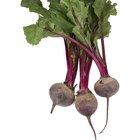
How to Freeze Fresh Beets

How to Cook Brussel Sprout Greens

How to Cook Petite Red Potatoes

How to Cook Fresh Turnip Greens
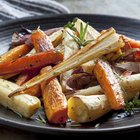
How to Cook Winter Root Vegetables in a ...
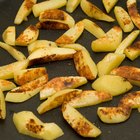
How to Sautee Potatoes
Easy Way to Cook Roasted Red Potatoes

Can I Cook Glazed Carrots a Day Ahead?

How to Store Carrots in the Refrigerator
References
Writer Bio
Rachel Lovejoy has been writing professionally since 1990 and currently writes a weekly column entitled "From the Urban Wilderness" for the Journal Tribune in Biddeford, Maine, as well as short novellas for Amazon Kindle. Lovejoy graduated from the University of Southern Maine in 1996 with a Bachelor of Arts in English.
Photo Credits
Szakaly/iStock/Getty Images